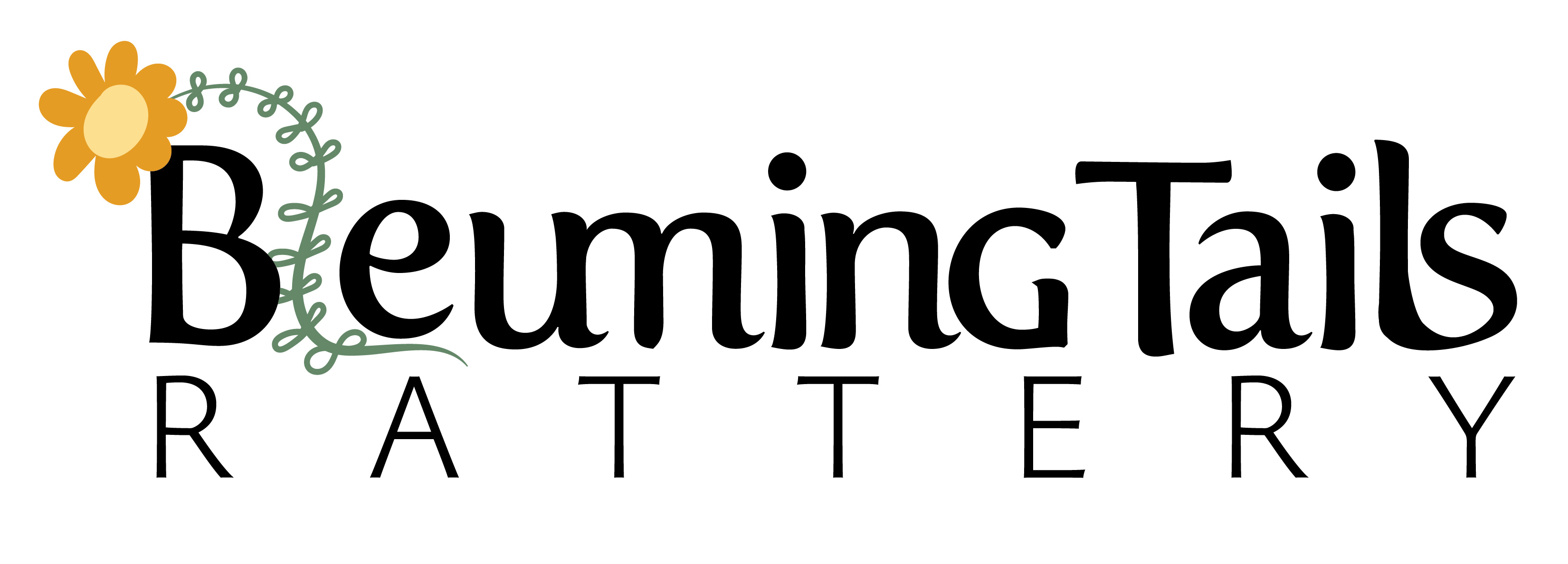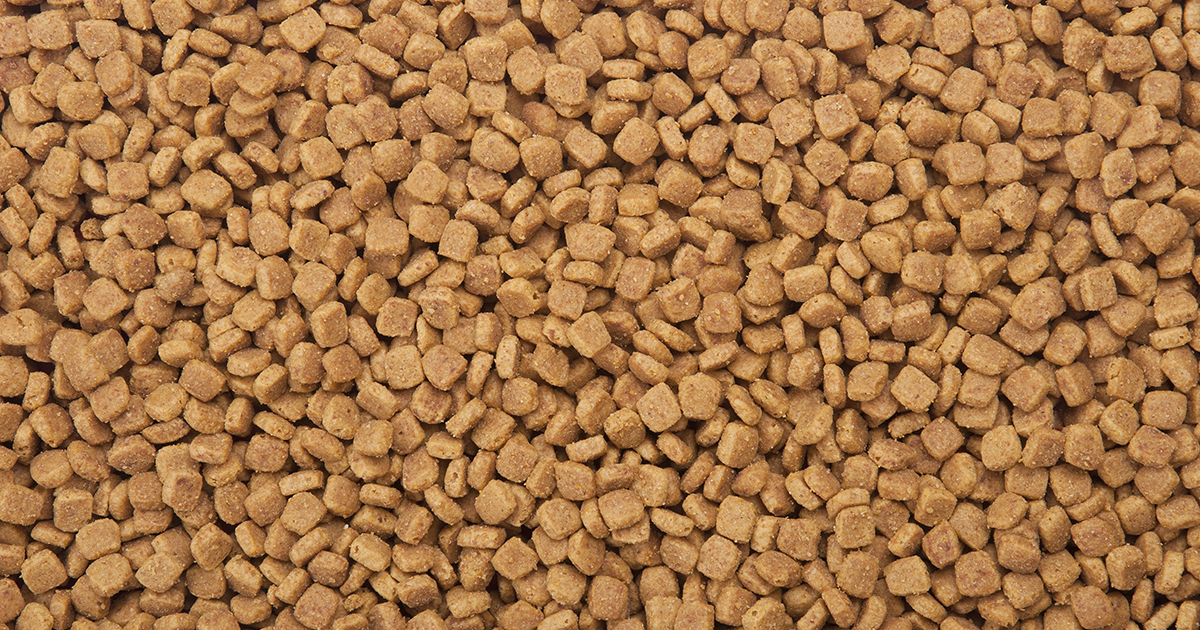Food for thought
There’s nothing more confusing or frustrating than deciding what to feed your small furry friends. This food is the best! No, THIS food is the best. That food has too much protein. No, that food has too LITTLE protein. This article aims to help breakdown what rats actually need to help you make an educated decision on what type of food is best for you and your pets.
Rats are grain-based omnivores. This means, like humans, their diet is open to a range of ingredients, but they primarily focus on easy-to-digest grains such as ground whole oats and wheat middlings. You’ll also often see corn as either ground or whole, but we’ll talk about corn and the controversy surrounding it later.
Ingredients are important, but equally important are the nutritional percentages. Food breakdowns are extremely nuanced, and a ton of research goes into formulating pet foods. This article won’t cover everything in-depth, but hopefully it can help make the food mystery less… mysterious.
Deciphering Guaranteed Analyses
Min and Max
You’ll likely notice that in the above guaranteed analysis, we can see that the labels include not more than or not less than. These are maxes and mins (respectively.) This ultimately means that the % on the bag may not be the exact amount included in that bag of food, but it’s guaranteed to either be the min or max, depending on the wording. Protein not less than 18% means that the bag could potentially have 20% protein. Ash not more than 8% means that it could have 6%. Ultimately, when you see these labels, our calculations are always going to be estimates.
You may like:
Recommended Nutritional Breakdown
It’s no secret that animals in different stages of life require different nutrients and percentages of those nutrients. Rats are no exception. In the chart below, you can see suggested percentages for protein, fat, and fiber for the 3 stages that have been broken out for rats.
| Protein | Fat* | Fiber | |
|---|---|---|---|
| Recommended % for General Maintenance | 5-8% | 5% | As low as possible |
| Recommended % for Growth/Weanlings | 12-17% | 5% | As low as possible |
| Recommended % for Reproduction | 18-25% | 5% | As low as possible |
* The minimum requirement for all life stages is 5%, but a range of 5-10% has been found acceptable.
“But, Abby, most commercial rat food have anywhere from 14-23+% of protein!” Yup. And the math behind doing accurate protein checks can get very tricky. It’s okay to stick with the Guaranteed Analysis of a food if that’s easier for you. It’s there to make comparing foods easier for most pet owners. Every study, food brand, and opinion piece on the internet is likely going to give you different percentages. As a pet owner, it’s up to you to select the best quality food that meets your pets’ needs.
But we’re going to dive deep and learn how to figure out the g of these % per 100g of food.
It has been suggested by Igloo Rats (a wonderful breeder who really knows her stuff and has done a large amount of legwork for her own balanced mix) that the following values per 100g should be calculated for a well-balanced food:
300-350 kcal
50-60g carbs
5-6g fats
5-10g fiber
5-15g protein, but most commercial foods are likely to be higher
Per the FDA in the US, pet food brands are only required to put the % for protein, fat, fiber, and moisture on the guaranteed analysis. So, how do use the information we have to get the information we need? We’ll start with what we know.
In order to convert percentages into grams, we have to do a little math. Mazuri 6f has, per the guaranteed analysis, a minimum of 18% protein. We need to turn that percentage into a decimal. We do that by dividing 18 by 100 for a total of .18. We’ll take this percentage times the food portion, which is 100g. So the math looks like this:
.18 x 100 = 18g
The guaranteed analysis for M6F is:
Crude protein not less than 18.0%
Crude fat not less than 6.0%
Crude fiber not more than 7.0%
Moisture not more than 12.0%
Ash not more than 8.0%
In Mazuri 6f, there’s 18g of protein per 100g of food. We can use this same formula for other macros.
6% of fat equals to 6g/100g.
7% of fiber equals to 7g/100g.
In order to calculate an estimate for carbs, we add all of these percentages (protein, fat, fiber, moisture, and ash), and subtract that sum from 100. For M6F, that leaves us with 49% carbohydrates. Following our formula above, that means we have 49g of carbs/100g of food.
340.6 kcal/100g (You take kcal/kg and divide by 10 to get per 100g. This was found on the product sheet. It can also be usually found on the bag of food itself.)
Now that we have everything broken down, we can see that protein is high, and carbs are just BARELY under suggested, but everything else falls into the correct %s.
Rat calorie intake/feeding schedule (fasting)
It has been suggested that the average rat needs 60 calories of food a day. Again, this is an average. Depending on the activity level, age, and sex of your rat, this amount is going to vary. If we look at our M6F calculations above, 60 calories would mean a rat needs to eat 17-18g of food a day.
Fasting
In a few studies, short term fasting has been shown to not only increase life spans, but also decrease the occurrence of mammary tumors. One study found that fasting 1 day in every 3 days increased the lifespan of males by 20%, and females by 15%. However, the study does note that other factors, such as general health and genetics, does play a role.
For rats who properly hoard food and don’t overeat, keeping food constantly available poses no issues. However, when you have rats who gorge themselves and are overweight, a schedule may be beneficial. Rats are crepuscular, meaning they are the most active during dawn and dusk times. This is also when they eat!
By providing an appropriate amount of food twice a day rather than all day, this will both meet calorie intake criteria, and prevent obesity.
Corn Controversy
Most of us are familiar with the back and forth about corn being used as a filler in pet foods. But is it? And when is corn safe for rats?
Corn is not nutrient deficient. This is a myth that has been passed around for years. Corn is a highly available source of complex carbohydrates, protein, fiber, essential fatty and amino acids, and antioxidants, which makes it the opposite of a filler. Fillers contain no nutritional benefit. Corn is safely and easily digestible by pets. It is more digestible than rice, wheat, barley, or sorghum, and corn gluten meal touts an impressive 87.5% digestibility. Higher than beef/bone meal, poultry by-product meal, and fresh beef or poultry.
Corn meal and corn gluten meal do have different % between protein, carbs and fat. Given that our pet rats require lower sides of protein, corn meal tends to be a little better as it’s more carbohydrate dense than protein dense.

Aflatoxin is a common contaminant of corn and peanuts and their products, and fumonisin is a common contaminant of corn and corn products. In these foods, aflatoxin and fumonisin most likely occur at levels, which are carcinogenic to rats; so feeding a daily diet, which consisted only of these foods, would result in liver, kidney, and colon tumors in many of the rats. Feeding a daily diet limited in corn and peanuts and their products reduces aflatoxin and fumonisin levels and reduces associated tumor risks.
RMCA
So what makes corn a problem?
Whole corn kernels in mixes and lower-quality commercial foods pose a very dangerous problem. This type of corn is generally only dried at high temperatures, not ground and cooked like we see in our corn meals.
This process invites mold to form which creates mycotoxins. Mycotoxins are common contaminants of dried corn. Aflatoxin and fumonisin are known carcinogens and are largely found as contaminants of corn. Aflatoxin causes liver, kidney, and colon cancers in rats, and fumonisin causes liver cancer.
Citations
- https://www.ncbi.nlm.nih.gov/books/NBK231925/
- https://www.ncbi.nlm.nih.gov/pmc/articles/PMC3079815/
- https://academic.oup.com/jn/article-abstract/31/3/363/4725632
- https://rmca.org/Articles/corn.htm
- https://petnutritionalliance.org/site/pnatool/why-is-corn-an-ingredient-in-pet-foods-is-it-used-as-filler-is-corn-a-major-cause-of-allergies-2/
- chrome-extension://efaidnbmnnnibpcajpcglclefindmkaj/viewer.html?pdfurl=https%3A%2F%2Fwww.ag.ndsu.edu%2Fextension-aben%2Fdocuments%2FMoldAffects.pdf&clen=8331&chunk=true


